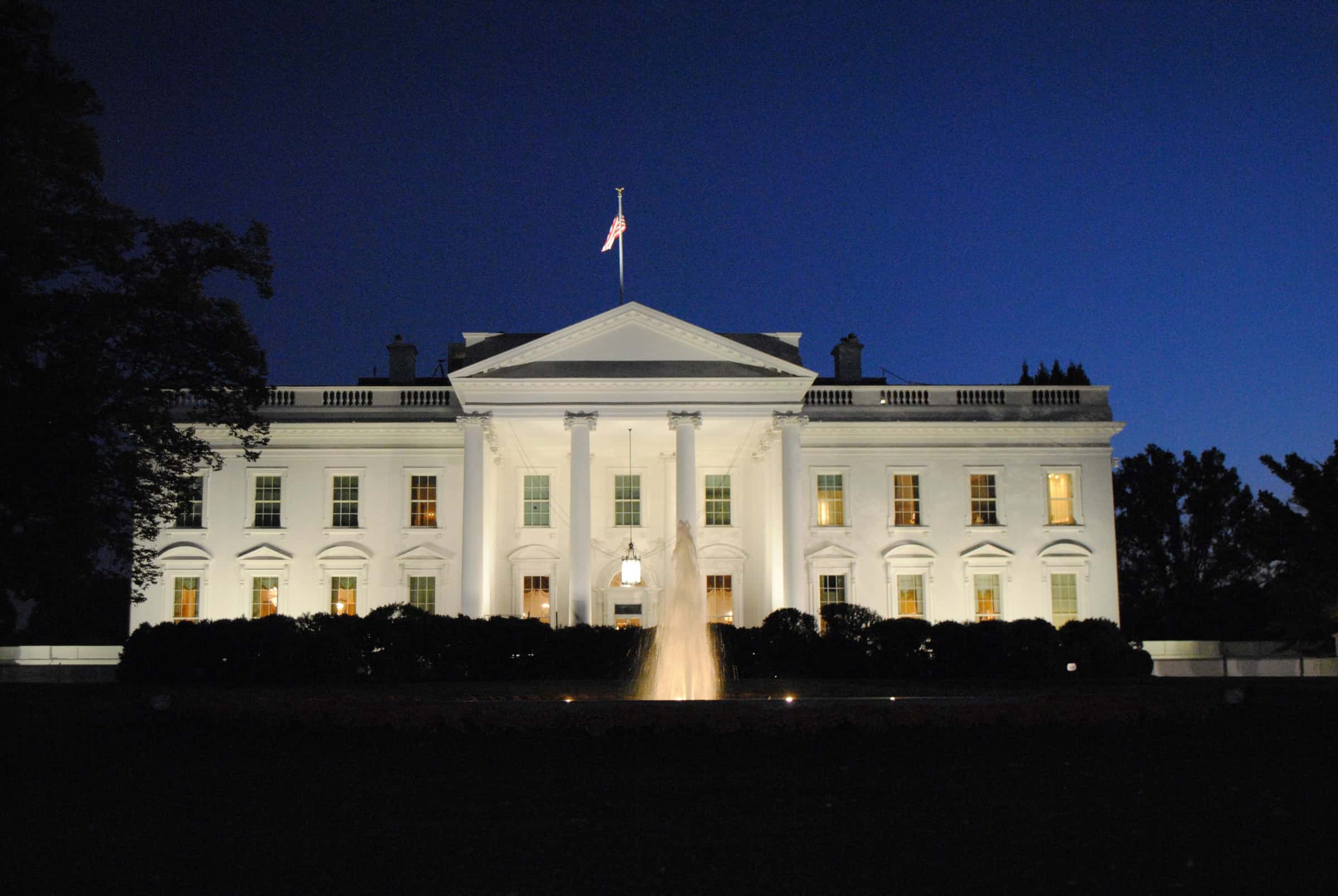
Just as the cherry blossoms bloom here every spring, another regular D.C. occurrence is blooming—midnight regulations. A product of the modern administrative state, the midnight regulation period is the time between a presidential election and the inauguration of a new president, often from a different party, which is marked by increased regulatory activity.
Using the midnight period to push through remaining regulatory wish list items before power is transferred is a bipartisan tradition. Some scholars have estimated that there is an average 17% increase in the number of pages in the Federal Register during the midnight regulation period. The increase is slightly higher when, as is the case this year, the president in office loses re-election.
What kind of numbers are we talking about when we say there is an increase in number of pages in the Federal Register during this period? Tens of thousands. In its last month, the Carter Administration managed to publish more than ten thousand pages of new rules. The Clinton Administration published more the 26,542 pages in the Federal Register during the midnight regulations period.
The increase in regulatory activity has also been observed by comparing the number of major rules, as defined by the Congressional Review Act, 5 U.S.C. § 801 et seq. (“CRA”), published in a Presidential year. For example, the Bush Administration published 105 major rules in 2008 compared to an average of 56 major rules per year between 2001 and 2007. Similar increases are seen when looking at only the number of major rules published in the second half of the year by presidential administrations. For example, during the second half of 2008, there was a 53% increase in number of major rules the Bush Administration published compared to the second half of 2007.
The volume of midnight regulations can also be measured by comparing the average number of rules an administration issues to the number of rules issued per month during the midnight period. As at least one observer has noted, in 2016, the Obama Administration averaged about 45 rules per month. There was a marginal, but not significant, increase to 57 rulemakings in November 2016. But there was a noticeable uptick in December 2016 with 99 regulations being issued. In the waning days, the Obama Administration issued a staggering 61 rules in only 12 working days.
So, where does this leave us in the last days of the Trump Administration? It is likely too early to say. There is little reason to think the Trump Administration will buck the midnight regulation trend but how it will compare to his predecessors’ is unclear. As Susan E. Dudley of the GW Regulatory Studies Center recently noted, the Trump Administration still has some 146 significant regulations pending, but it is unclear if that number under or overestimates the total volume of midnight regulations.
Another issue to consider is that while midnight regulations are measurable in various ways there are other actions agencies can take during this transition period that may greatly impact the administrative state and regulated entities—midnight enforcement actions. Like midnight regulations, midnight enforcement actions often embody the policies of the outgoing administration—a last chance to project the administration’s priorities before leaving office. But unlike midnight regulations, which happen openly on the pages of the Federal Register, midnight enforcement actions are harder to track.
Having practiced administrative law for many years, my colleagues here at NCLA and I are all too familiar with regulatory enforcement complaints being filed in the days leading up to the Inauguration, sometimes even after months or years of silence from agency enforcement staff, see, e.g., Oracle America Inc. v. U.S. Department of Labor, et al. These types of lawsuits are particularly pernicious because they are not subject to the same revocation or review procedures, like the CRA, that midnight regulations are.
